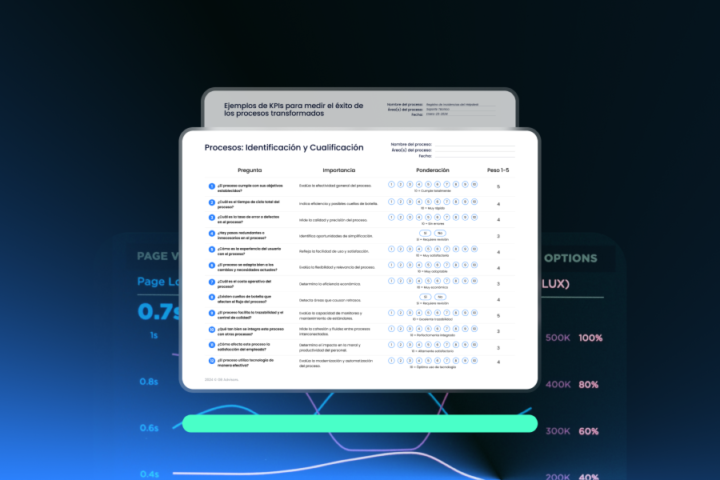 The diversity and severity of the digital attacks of the last decade have made cybersecurity one of the main concerns of businesses. Among the most worrying threats, one that has raised the alarm is the APT or Advanced Persistent Threat.
The diversity and severity of the digital attacks of the last decade have made cybersecurity one of the main concerns of businesses. Among the most worrying threats, one that has raised the alarm is the APT or Advanced Persistent Threat.
An Advanced Persistent Threat is nothing more than an organized attack focused on giving an unauthorized person prolonged access to an enterprise system. Typically, such attacks are aimed at mass data theft or monitoring network activity.
APT’s attacks are complex, so protecting against them requires robust security strategies. If you want to know how an Advanced Persistent Threat works, and how to prevent them; we invite you to continue reading the article we have prepared for you today.
What exactly is an Advanced Persistent Threat?
An Advanced Persistent Threat or APT refers to a type of attack that combines different techniques; such as SQL, XSS, among others, to carry out its main objective: steal data and monitor the activity of a corporate system.
It was in 2000 when this term was born, after some intelligence agencies in the United States detected multiple cyber attacks targeting the Department of Defense.
The words that make up the term describe the characteristics of the attack.
Advanced

The APT uses a whole arsenal of techniques to achieve its objectives. Although these techniques alone may not be especially advanced or new (they may include Phising, malwares, XSS, etc.), the combination of the right strategies and tools can give the attacker the opportunity to do significant damage to the system. This is really what makes it an “advanced” threat.
Persistent
An APT can spend an enormous amount of time inside a system before its detection. This brings it into the Persistent category.
Because its goal, most of the time, is to steal as many data as possible, it is in the best interest of attackers to move the threat stealthily. That’s why they use all possible techniques to make it undetectable.
Threat
A combination of malicious programs that sneaks into systems and stays there, stealing data, for an extended amount of time, should certainly be qualified as a threat. Even more so if we take into account the fact that attackers are highly motivated and endowed with unusual technical skills and resources.
The worst thing is that target companies usually provide critical services or handle sensitive information from internal users and customers. Examples include government agencies, financial and healthcare industries, and telecommunications and energy companies.
Advanced Persistent Threat Life Cycle
- Attack preparation and targeting
- Development of the attack strategy
- Stealthy intrusion into the target’s infrastructure
- Identification and inventory of the target ecosystem.
- Code execution (backdoors, trojans, proxies, etc.) and tool deployment (e.g. RAT, kits, etc.)
- Search for new targets and development of specific malicious code
- Use of privileges obtained to access data
- Data extraction (legitimate protocols, emails, covert channels)
How can you protect your company from such attacks?

We have already seen that APT is composed of a group of smaller threats coordinated in an intelligent way. This means that you need to implement several layers of security to create a robust defense. Some measures you can take are the following:
#1 Integrate advanced security tools into your systems
Antivirus, security scanners, SIEM and vulnerability detection applications are necessary to protect your business not only from APT but also from all potential threats in the digital world. Don’t underestimate their importance.
We recommend you to implement the best solutions, but attention, it is important that you have professional help for this. The joint interaction of some antivirus may rather hinder the process of threat detection.
#2 Sensitizes users to good security practices
Before your company’s human potential becomes a weak link in your security chain, it is important that you provide it with the necessary training so that it knows everything it needs to know about the best system protection practices.
#3 Create an Incident Response Team

Prevention strategies are not enough, you also need a Cyber-Resilience plan. For this, you need to create an incident response team that quickly detects the problem, minimizes losses and damage, mitigates vulnerabilities that were exploited during the attack and restores the service.
Daily backup of system data is also vital within this cyber-resilience strategy.
Remember that the best defense comes from combining the right people and the right tools, so look for well-trained staff and high-tech solutions.
Solutions such as those offered by GB Advisors. We have a catalog of market-leading solutions (as the powerful Nessus); and a team of professionals with the knowledge and experience necessary to provide the best advice. Contact us and successfully carry out all your IT projects.



